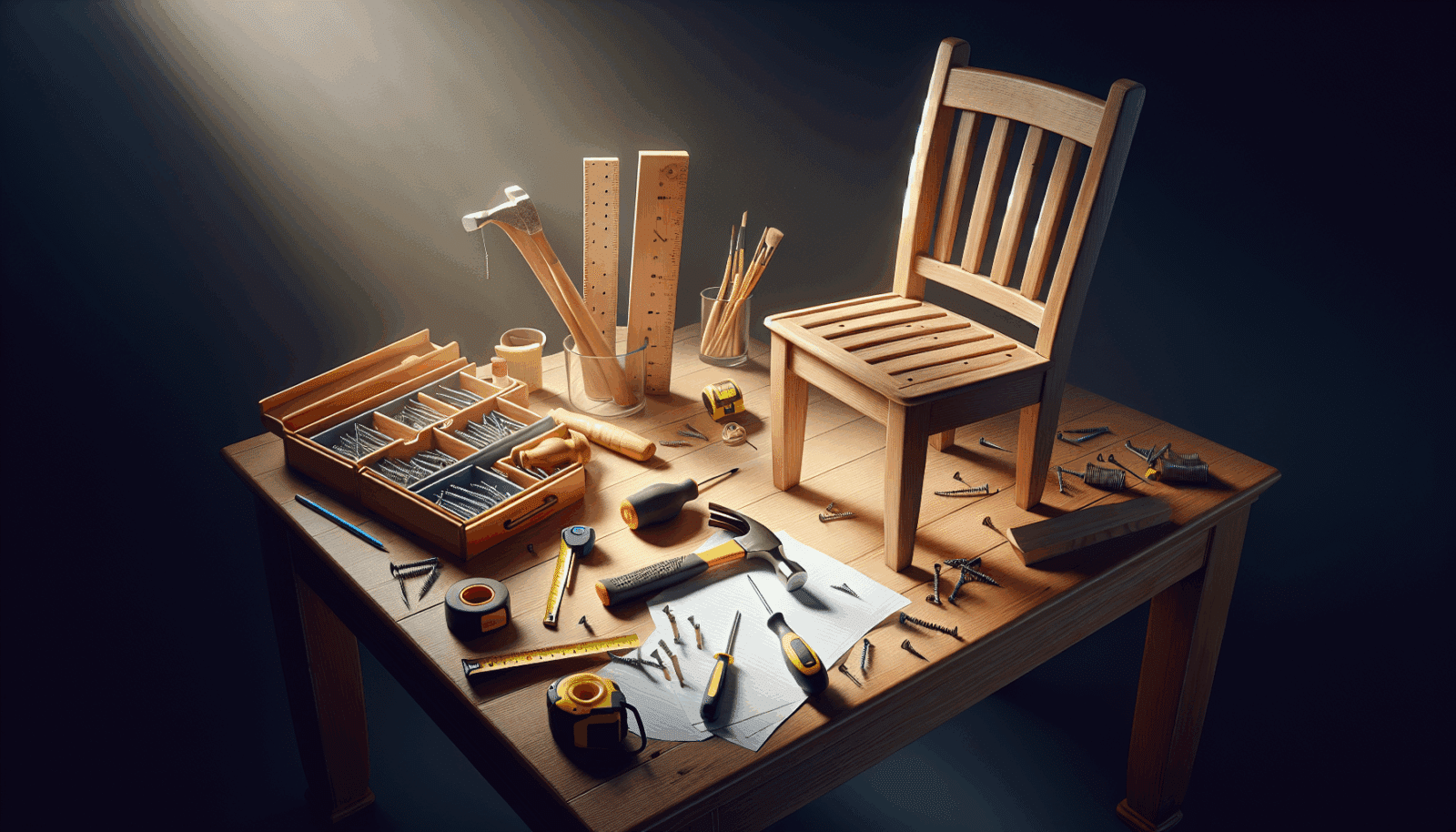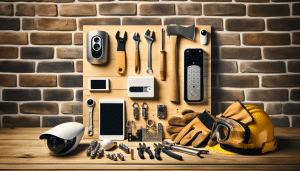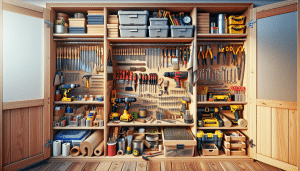At Savannah Handyman, we understand how frustrating it can be when your favorite chair wobbles or your antique dresser’s drawer is stuck. Sometimes, a little DIY fix is all that’s needed to bring your furniture back to life. That’s why we’re here to share our top tips for resolving common furniture issues. Whether you’re a seasoned DIY enthusiast or a beginner eager to learn, our guide is designed to help all homeowners in Savannah, GA make the most of their beloved pieces.
Contents
Identify the Problem
Before you grab your toolbox, it’s crucial to identify what’s wrong with your furniture. Is it a loose joint or maybe a missing screw? Take your time to examine the piece from top to bottom. Often, what seems like a complex problem can be a simple fix. For example, a wobbly table might just need an adjustment at the base. Knowing exactly what the problem is will help you address it efficiently and avoid unnecessary repairs.
Once you have pinpointed the issue, it becomes easier to determine what kind of tools or supplies you will need. A thorough inspection removes guesswork and ensures you apply the right fix the first time around. In the following sections, we’ll explore some common issues and how to solve them.
Tighten Loose Screws
Loose screws can put your furniture on shaky ground, but fixing them can be straightforward. A simple screwdriver may be all you need to get those screws back in place. However, if a screw keeps turning without tightening, the problem could be a stripped hole.
You can remedy a stripped hole by either using a larger screw or inserting a wooden dowel into the hole before screwing again. Another creative solution can involve using a toothpick or matchstick with some wood glue to fill the gap. This will give the screw more material to grip onto and secure the joint firmly.
Say Goodbye to Wobbly Chairs
Nothing is more annoying than a chair that feels like it’s about to give way. A common culprit for wobbly chairs is a loose joint. You can tackle this issue by removing any old glue with sandpaper or a chisel.
Apply a fresh layer of wood glue, then clamp the joint tightly until the glue dries. For added stability, consider using a small bracket or brace to reinforce the joint. This method not only fixes the wobble but also extends the lifespan of your chair.
Repair Cracked Wood
Cracks in wood can be daunting but don’t fret! Wood filler is your friend in this situation. It is specially formulated to adhere well to wood and can be sanded down for a smooth finish.
Simply apply the filler into the crack and let it dry. After it’s fully set, sand it down and apply a matching wood stain for a seamless look. This small effort can make your broken piece look brand new.
Remove Dents from Wood
Believe it or not, you can remove small dents from wood with a damp cloth and an iron. First, moisten the dented area with water and place the damp cloth over it.
Next, set your iron to medium heat and place it on the cloth for about 15 seconds. The heat will cause the wood to expand, making the dent less visible. Repeat as necessary until you achieve the desired result.
Solve Sticky Drawers
Sticky drawers can be irritating, but the fix might be as simple as applying some wax. Paraffin or beeswax on the drawer slides can make a huge difference.
Run the wax along the slides and edges for a smoother glide. If the drawer remains troublesome, a light sanding of the slides before waxing might do the trick. You can then enjoy a smoothly operating drawer yet again.
Fix Peeling Veneer
A peeling veneer can detract from the elegance of your furniture piece, but it’s usually an easy fix. Begin by gently lifting the veneer and cleaning underneath.
Apply a thin layer of wood glue beneath the lifted area and press it down. You can use a warm iron over a cloth to expedite the adhesive process. Once the glue dries, sand any rough edges and polish the surface for a sleek finish.
Common Issues with Hinges
A malfunctioning hinge can cause misalignment or difficulty in opening and closing doors. Solution? Let’s get it fixed!
- Inspect the Hinge: Begin by checking if the hinge is loose or misaligned. If it’s loose, tightening the screws may solve the issue.
- Tighten or Replace Screws: Use a screwdriver to tighten loose screws. For stripped screws, replace them with longer or wider ones.
- Lubricate the Hinge: Apply a small amount of lubricant such as WD-40 to the hinge to reduce noise and ease movement.
- Adjust the Hinge: If the door seems misaligned, try adjusting the position of the hinges on the door or frame.
- Replace the Hinge: If all else fails, replacing the hinge with a new one may be the best solution to ensure a tight fit and proper functioning.
Deal with Furniture Stains
Stains on your furniture can be unsightly, but they are not a permanent blight. The key is to act fast. Blot—don’t rub—the stain with a clean cloth.
For water stains, a mixture of non-gel toothpaste and baking soda can work wonders. Gently rub the mixture onto the stain and wipe it off with a damp cloth for a renewed shine. For tougher stains, specialized wood cleaners can offer a deeper cleanse.
An Ounce of Prevention
To keep your furniture in tip-top shape, preventive maintenance is key. Frequently dust and clean surfaces to avoid build-up, which can dull the finish or cause other problems over time.
Don’t underestimate the power of coasters or protective mats to shield surfaces from heat or liquid damage. Regularly checking for loose screws and joints can also help catch potential problems early before they become major repairs.
With these handy tips, you’ll be prepared to tackle common furniture issues like a pro! If you’d prefer to leave it to the professionals, please contact Savannah Handyman by phone at 912-600-3283 or Request a Free Quote today.




